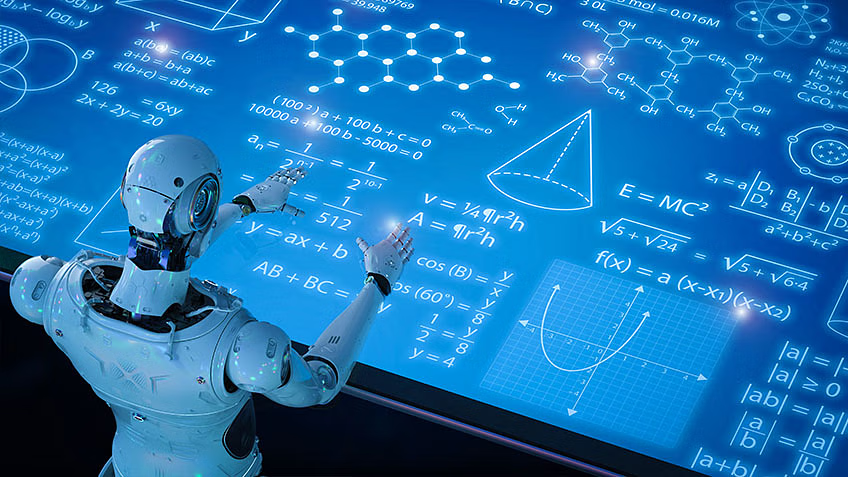Artificial Intelligence (AI) is rapidly transforming our world, powering everything from personalized recommendations on streaming services to sophisticated medical diagnostic tools. At the heart of many of these advancements lies machine learning (ML), a powerful subset of AI that enables computers to learn from data without being explicitly programmed. Within machine learning, two fundamental approaches dominate: supervised learning and unsupervised learning. Understanding the difference between these two is a crucial first step for anyone looking to grasp how AI learns and operates.
Imagine you want to teach a computer to identify different types of fruit. How would you go about it? This is where the distinction between supervised and unsupervised learning becomes clear.
Supervised Learning: Learning with a Teacher
Think of supervised learning as providing the AI with a teacher or a guide. In this approach, the algorithm is trained on a dataset that is labeled. This means that for each piece of data, the correct output or “answer” is already provided.
Going back to our fruit example, a labeled dataset for supervised learning would contain images of different fruits, and each image would be tagged with the correct fruit name (e.g., an image of an apple labeled “apple,” an image of a banana labeled “banana”). The supervised learning algorithm analyzes these labeled examples, learning the patterns and features associated with each fruit type. It learns to correlate specific visual characteristics (like shape, color, and texture) with the corresponding labels.
Once the algorithm has been trained on a sufficiently large and diverse labeled dataset, it can then be presented with new, unseen images of fruit and tasked with predicting their labels. The goal of supervised learning is to build a model that can accurately predict the output for new, unseen data based on what it learned from the labeled training data.
Common tasks tackled by supervised learning include:
- Classification: Categorizing data into predefined classes (e.g., spam detection in emails, identifying different types of tumors in medical scans, or recognizing objects in images).
- Regression: Predicting a continuous numerical value (e.g., forecasting stock prices, predicting house prices based on features, or estimating a patient’s recovery time).
Supervised learning is widely used because it’s excellent for tasks where you have historical data with known outcomes and want to predict those outcomes for new data.
Unsupervised Learning: Learning Through Exploration
In contrast, unsupervised learning is like sending the AI to explore the world without any prior knowledge or labels. The algorithm is given a dataset that is unlabeled, meaning it contains raw data without any predefined correct outputs or categories. The goal of unsupervised learning is for the algorithm to find hidden patterns, structures, and relationships within this data on its own.
Using our fruit analogy, an unsupervised learning algorithm would be given a collection of fruit images without any labels. The algorithm would analyze these images based on their inherent visual properties. It might notice that some images have round, red objects, while others have long, yellow objects. Based on these similarities, it would start grouping the images into different clusters. It wouldn’t know that one cluster is “apples” and another is “bananas,” but it would have successfully identified distinct groups within the data.
Unsupervised learning is particularly valuable when you don’t have labeled data, when the cost of labeling is prohibitive, or when you’re exploring data to uncover insights you weren’t necessarily looking for.
Common tasks tackled by unsupervised learning include:
- Clustering: Grouping similar data points together into clusters (e.g., segmenting customers based on their behavior, grouping similar news articles, or identifying different types of galaxies).
- Association: Discovering relationships and correlations between items in a dataset (e.g., market basket analysis to see which products are often bought together).
- Dimensionality Reduction: Reducing the number of features or variables in a dataset while retaining important information. This helps in visualizing complex data and can improve the performance of other machine learning algorithms.
